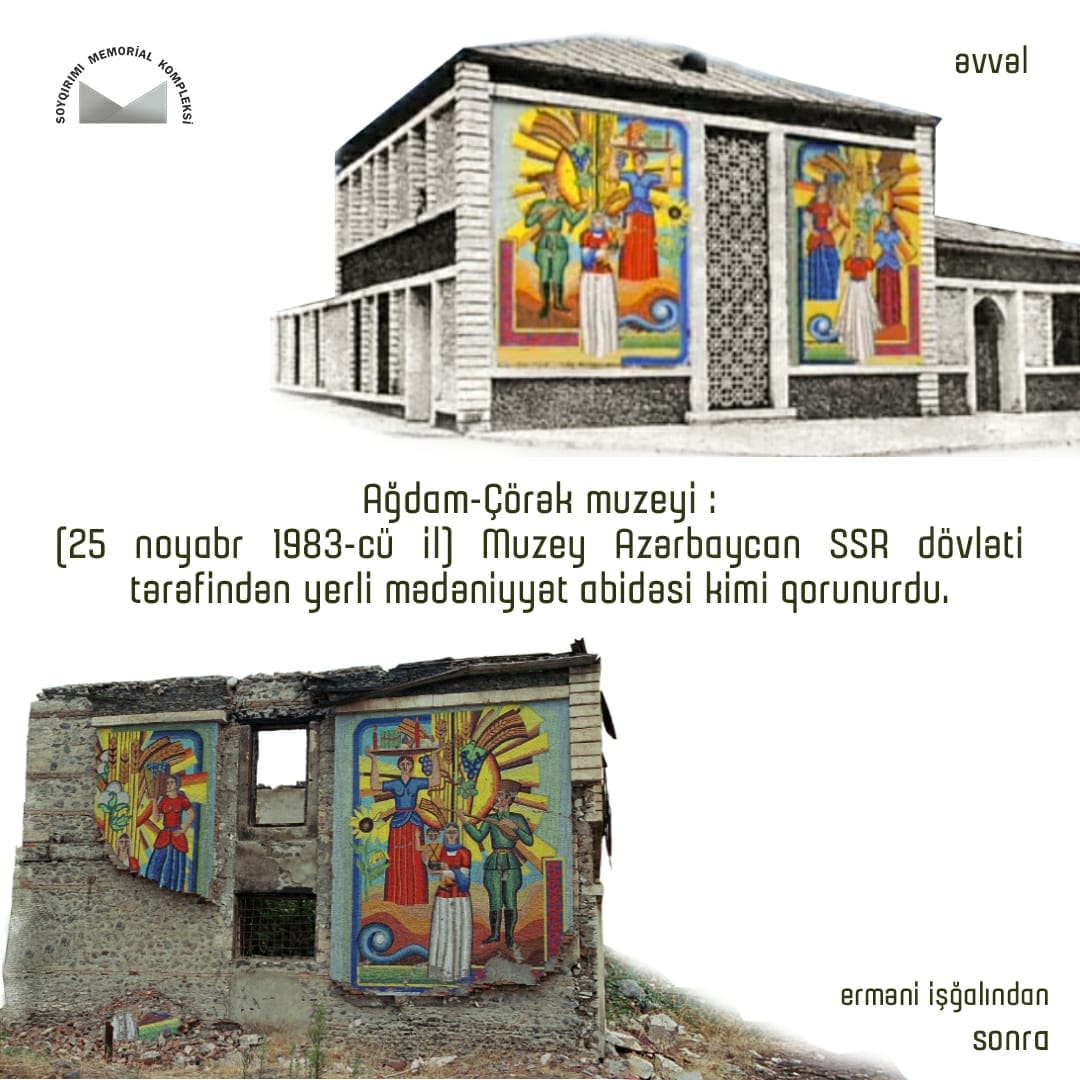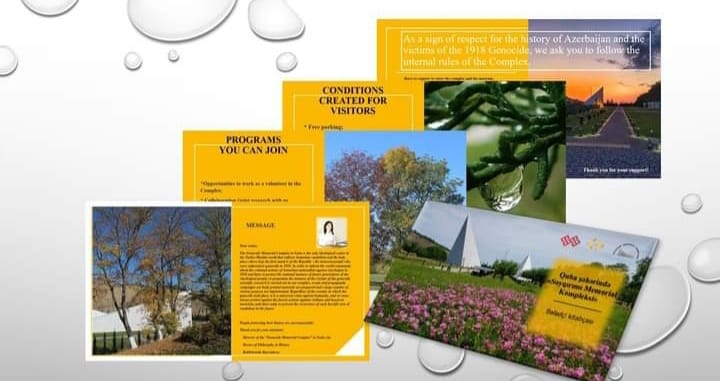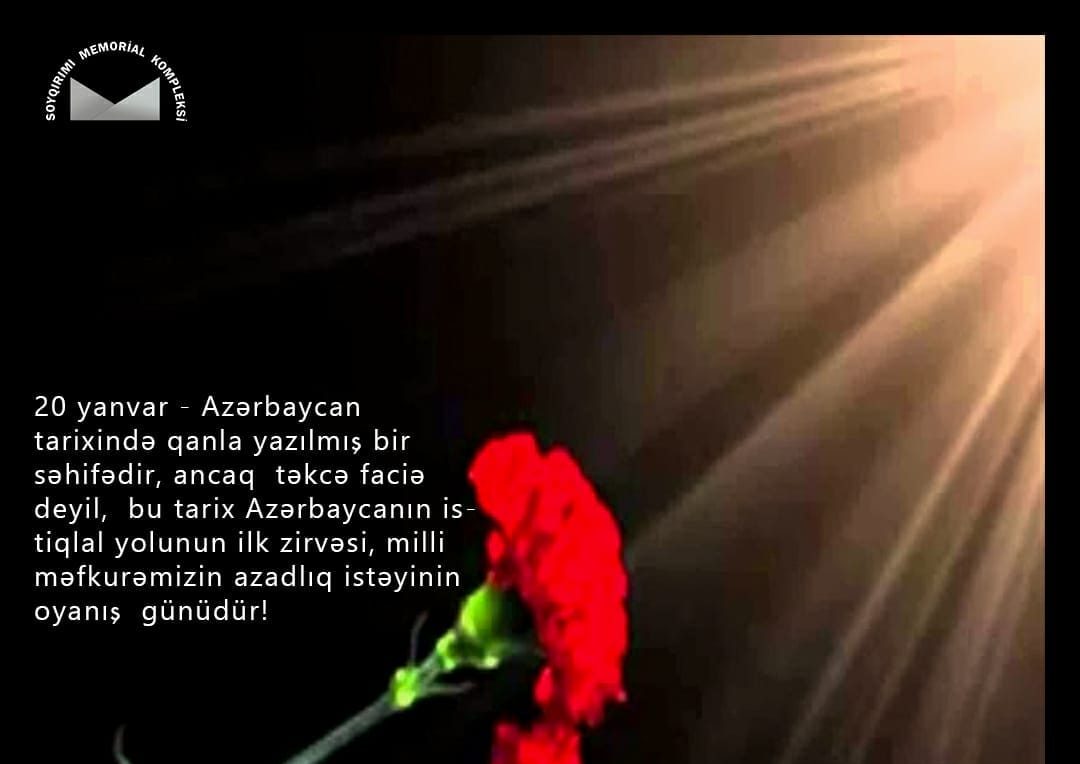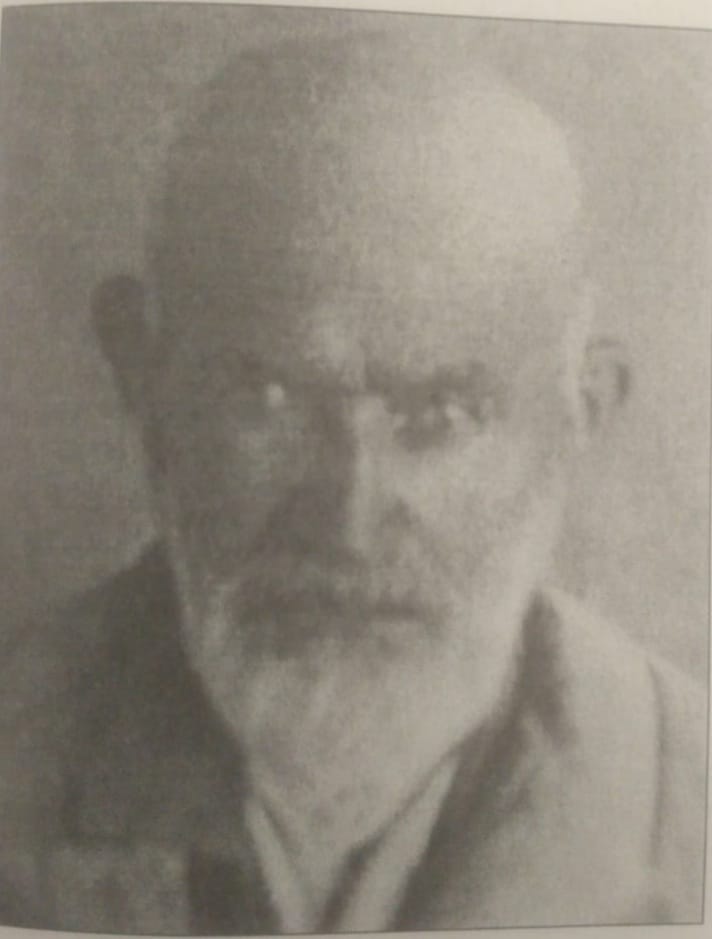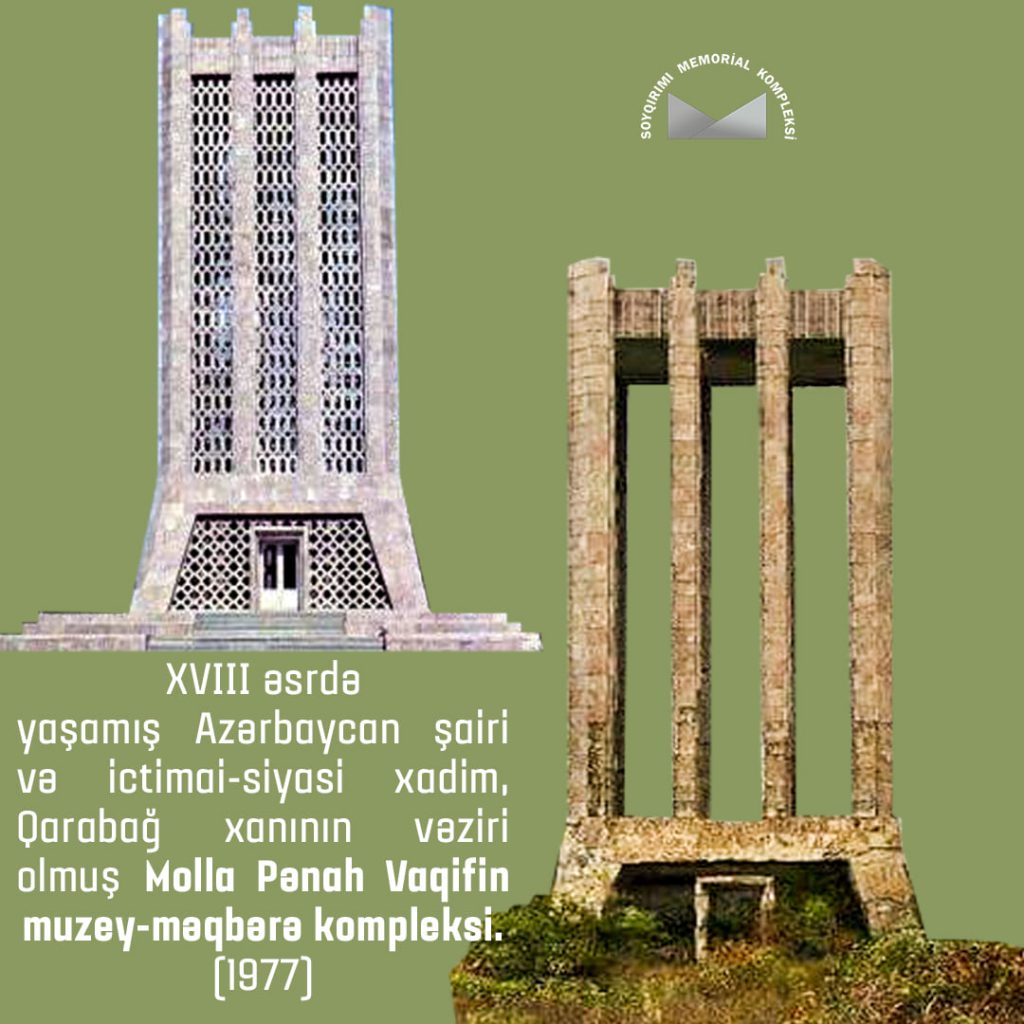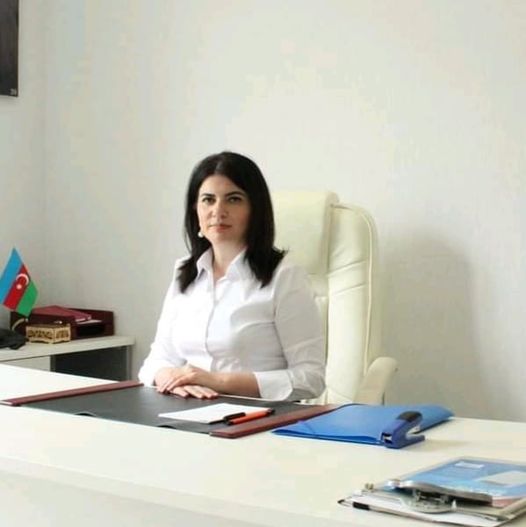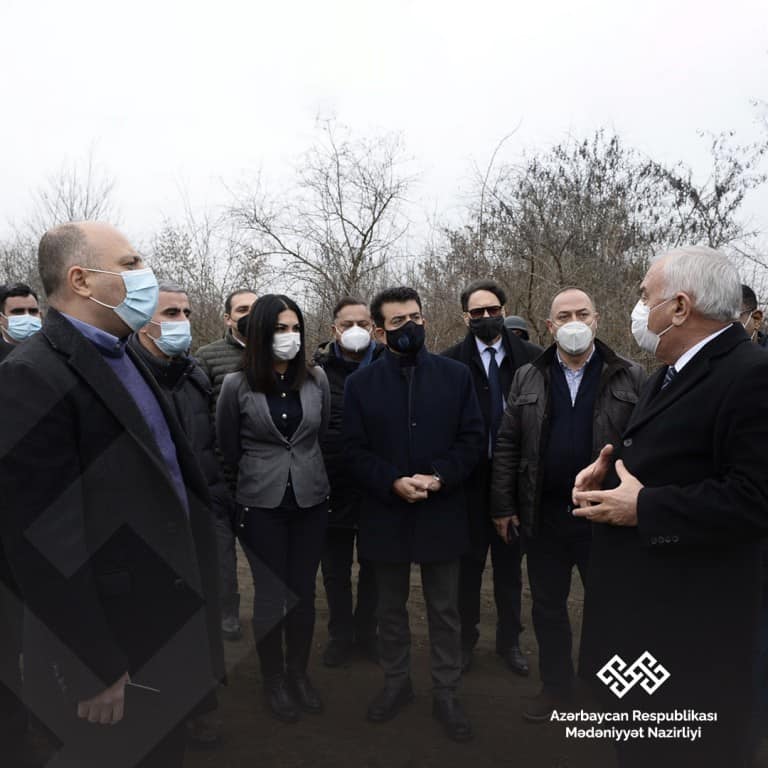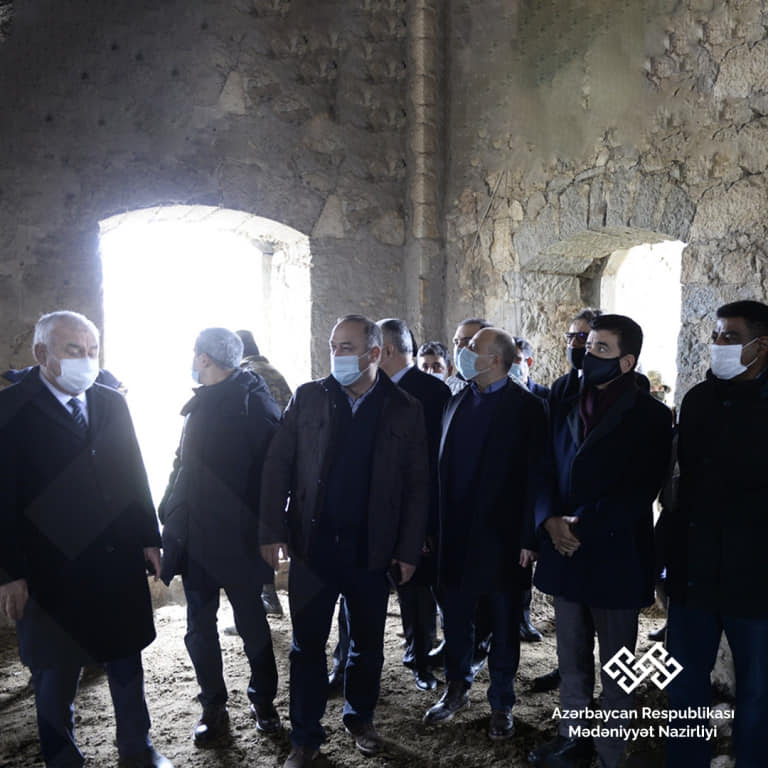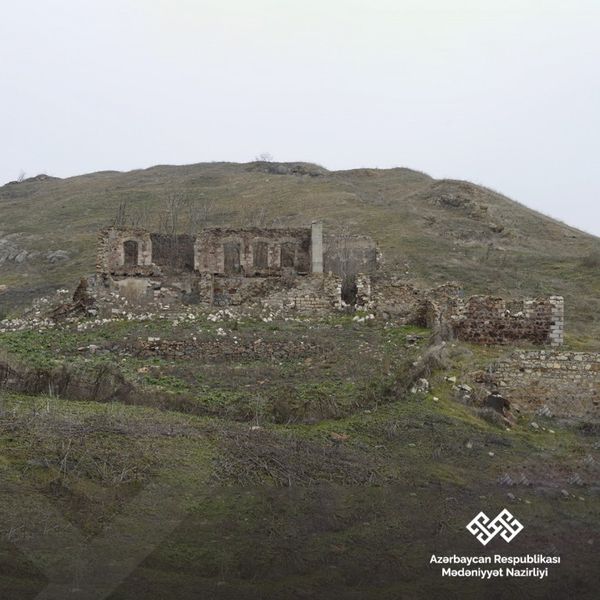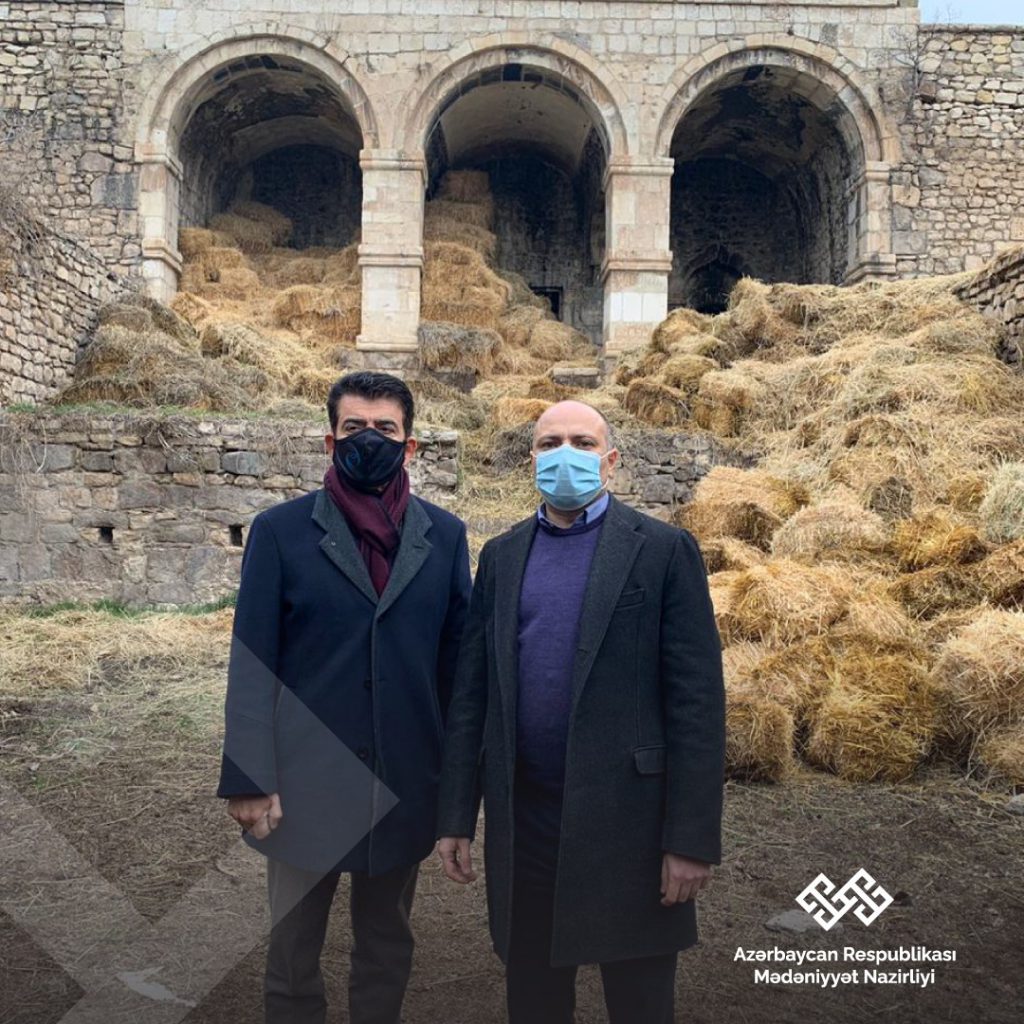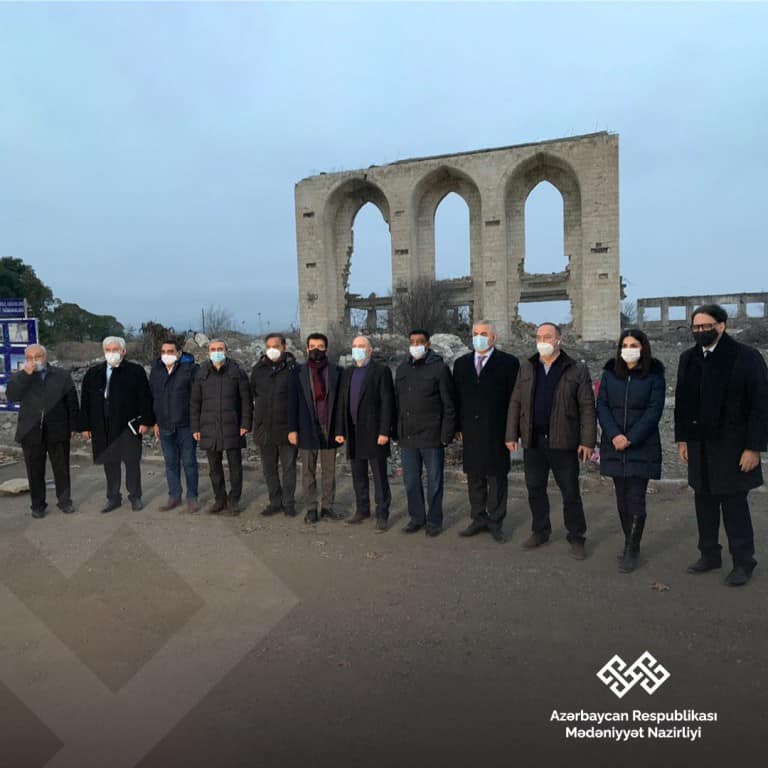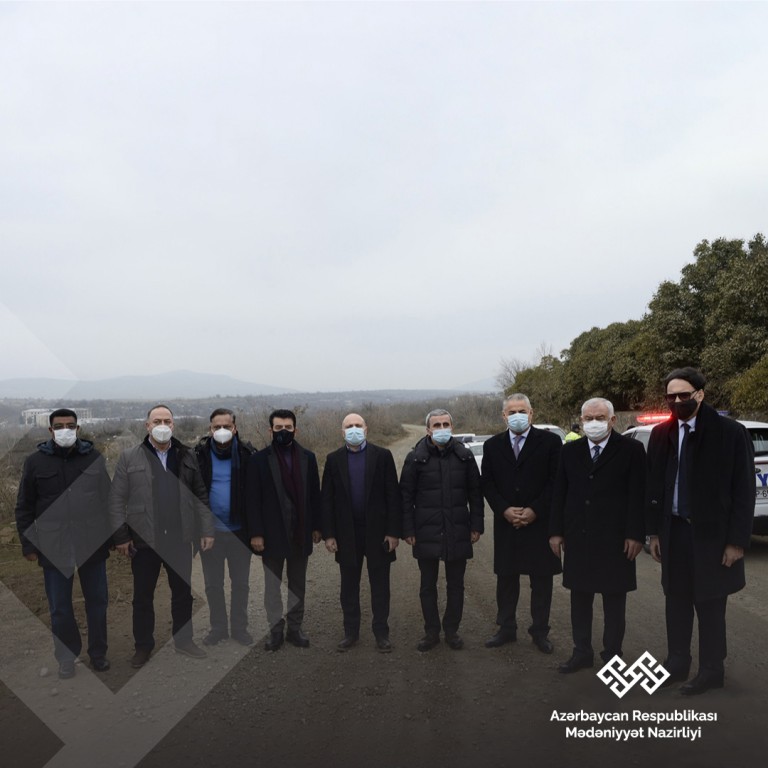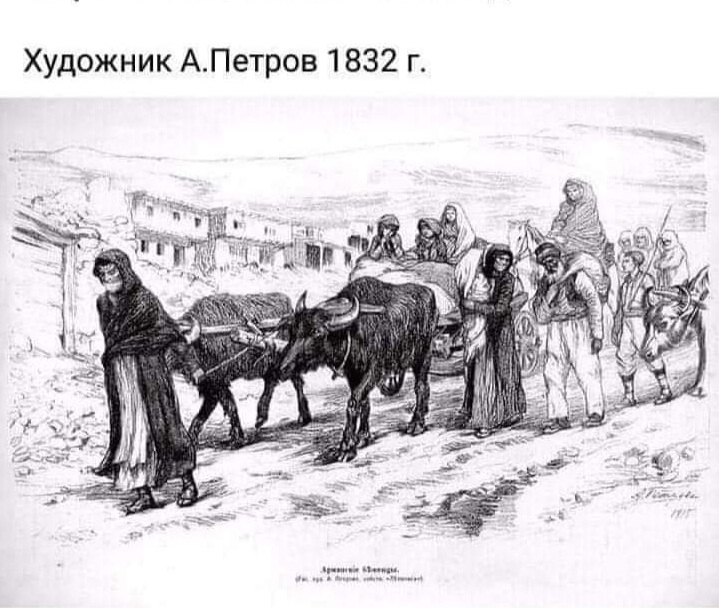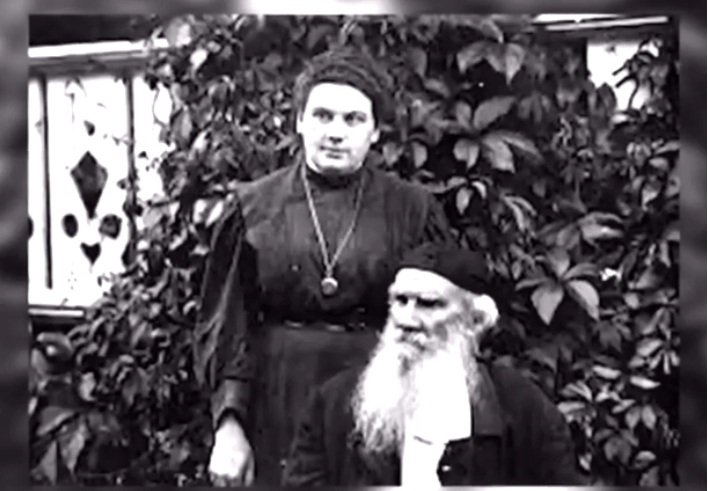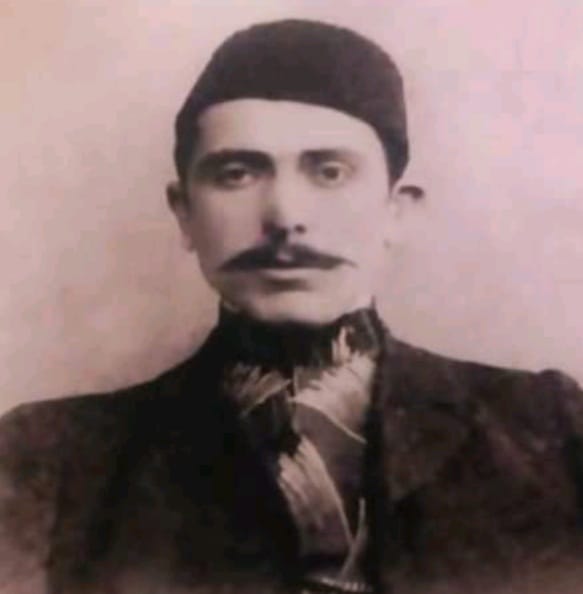Dear friends! Time to time we inform you about our activities, work done and plans for the future.Adhering to this tradition, I would like to say that as employees of the “Genocide Memorial Complex”, which has been operating online for some time because of the Coronovirus pandemic, we continue our work in several areas during this period. Thus, through our official website, as well as through our profiles on various social networks, including Facebook, Instagram, YouTube, telegram, etc. in 4 languages (Azerbaijani, English, Russian and Arabic), we present to you the realities of the genocide committed against our people in different years, the true face of Armenian vandalism, the historical roots of the nefarious plans of the Armenians, various archival documents related to their resettlement to the Caucasus, as well as photographs, information about deportations and information about the local resistance movement against Armenian vandalism in different periods of history. Our official website (www.soyqirim.az), which is available in 4 languages (Azerbaijani, English, Russian and Arabic), is regularly updated and new articles are prepared and presented in the most read sections. In particular, the history section of our site is distinguished by the richness of information and the number of readers. In addition, for several months we have been making our work at the level of today’s requirements and promoting the truth about the genocide committed by Armenians against Azerbaijanis in 1918, both in our country and abroad, in 3 languages (Azerbaijani, English and Russian) with videos and documentaries. We carry out work on the production of brochures in 4 languages (Azerbaijani, English, Russian and Turkish), booklets of different sizes and content in 2 languages (Azerbaijani and English), business cards, flyers and other printed materials in 2 languages (Azerbaijani and English) . Several of our printed materials have already been prepared and sent to the printing house. We are proud to present our work to you. We invite young people who want to participate voluntarily in the work of our complex, to come up with interesting proposals and initiatives to cooperate with us.
The people who take possesion of their history are invincible!
Thank you for your attention / Director of the “Genocide Memorial Complex” in Guba, Doctor of Philosophy in History Rakhshanda Bayramova.




